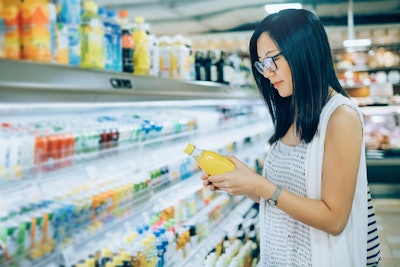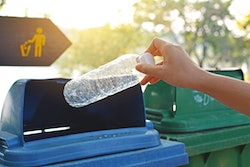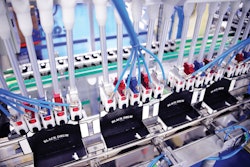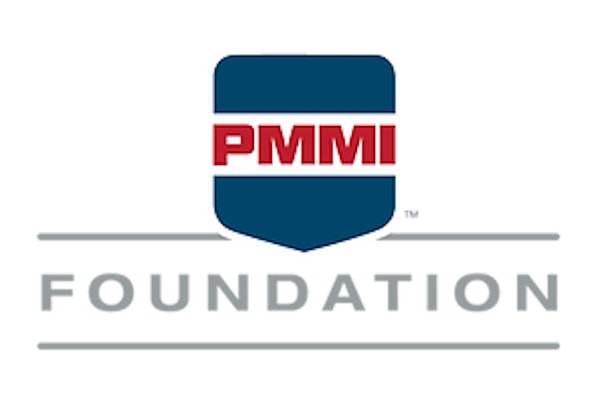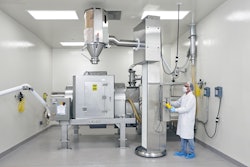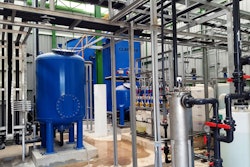While the center aisles of grocery stores have seen a steep decline in sales and innovation activity, the refrigerated beverage section has seen an extended period of fast growth and innovation in new beverage types and packaging.
Industry respondents to Beverage Trends in Packaging and Processing Operations, a new report by PMMI Business Intelligence, say glass containers are the trend for premium teas and beverages, a market that is fast-growing and often driven by smaller companies.
“If you position the product as good for you and is good for the environment – it needs to stay in glass since glass is 100% recyclable. Selling a product that is natural and environmentally friendly does not work well with plastic,” says one Brand Manager of a tea and kombucha beverage company.
Retailers have been eager to expand their refrigerated sections to attract more high-end beverages. In addition to variety, they also want beverage companies to provide multi-packs that give consumers multiple flavors for each product.
Beverage company executives perceive the largest retailers as driving a frenetic pace of innovation and change at beverage producer facilities. One Director of Marketing at a large CPG company said, “Everyone keeps a close eye on Costco and Whole foods because they are fast copy-cat environments. This stresses everyone out. Coldbrew coffee came out, and now all the big players such as Pepsi, Nestle, Starbucks are all jumping into this. The same goes for small packaging changes. I hear so often of how so and so came out with this, and how we should consider doing the same.”
While big club stores are a huge source of sales for beverage companies, most respondents do not believe e-commerce plays a significant part in their sales. Some see it as an area of future growth though, and while primary packaging would not change in order to keep branding consistent, some secondary packaging adjustments that would need to be made:
• E-commerce secondary packaging would be much more generic than any type of shelf-ready packaging used today - without enhanced graphics, but more robust to better handle the more challenging environment of the parcel delivery system.
• Secondary packaging would also be changed to deliver a smaller number of units of multi-serving products than the more traditional shelf-ready secondary packaging.
• For companies selling smaller sized beverages, respondents plan to use secondary packaging with just one or two layers rather than the typical three or four layers.
For more details about this and other beverage trends and growth, download the FREE Executive Summary below, or the full report here.
Discover new solutions for Food and Beverage Processing at ProFood Live! June 20-21 in Chicago, with discussions about trends in food processing operations; addressing today’s crucial challenges in manufacturing; and much more!
Source: PMMI Business Intelligence, “Beverage Trends in Packaging and Processing Operations 2018.”
